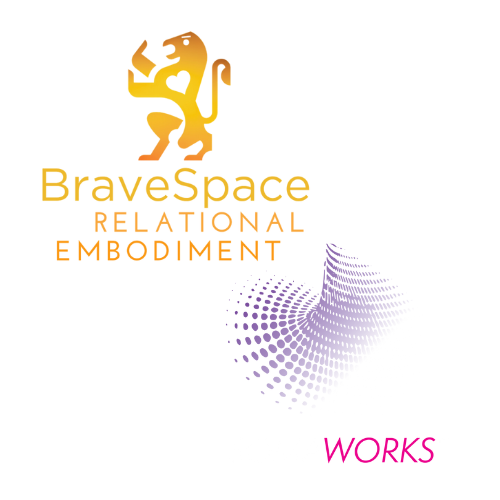Seeing the Unseen
One of the most powerful experiences I had in graduate school for dance was an exceedingly simple exercise presented to our class by choreographer Stephen Koester. He moved into a position and said “There’s this.” Then he moved into a different position and told us “and that.” He continued showing us ‘this’ and ‘that’ without further explanation until handing it over to us. It was the day I finally got out of my head in his class and let my body take over. He helped me see the unseen that’s always right here. There’s so much that can’t be known by the mind, yet can be felt in the body.
In writing the rest of this post I have felt stuck in my head. I wrote the above in a few minutes, and what’s below took hours. Rather than censor it out, I want to share the process. It’s the processing below that helped me recognize the depth of what Stephen Koester taught me.
Over the past decade my experience of dance has shifted from a focus on technique, performance, and choreography, to a focus on exploring and sharing the personal, interpersonal, and transpersonal wisdom available through movement. I have always danced for the medicine it brings to me and through me, yet I’ve recently been struck by the ways my training in dance has given me tools linking physicality and consciousness. I think of these tools as shamanic in the sense that they connect with the nature of the body, acknowledging ties between our bodies, spirits, and the living world. The dance practices I learned in the context of artistic performance taught me to interact with space, time, and consciousness in ways that have power—power I have learned can be used to create joy, love, and grace in the world and with people around me. Dance in this sense is a technology of power among and between people. This power can be felt when someone who has it enters a room, or when entering a group space in which these technologies are being used. I have grown accustomed to hearing this kind of power attributed to cultural practices such as yoga and chi kung—practices that come from other cultures—yet what has struck me lately is how we have been using them for a while in our own cultural lineages too. Ballet and Modern Dance are incredibly powerful lineages of somatic technology. There are also many ways in which these forms have incorporated practices from other cultures—we are all connected.
Why does this cultural heritage matter? When we recognize these performative forms—ones that we may take for granted—as a somatic medicine lineage, we can stop worrying about whether we are ‘good’ enough to make use of them. I sing because it vibrates my organs and brings me alive, not because I’ll ever show up on Spotify. Similarly, we can dance for how it brings us alive and connects us as beginners and ‘professionals’ alike. We can dance to gather sacred power. Within a single person this power may manifest as an alignment of parts of the body that heals pain and dysfunction, or a way of gracefully connecting one movement into another that generates a meditative state. In a group it might be the ability of each person to express themselves while also leaning into the group as a whole. We are social beings who require connection with each other to thrive. Our cultural lineage has focused on using spectatorship for this community element—watching the ‘professionals’ do it. It’s a ripe time to shift into participation, and this is exactly what’s happening as more and more people come to ecstatic dance.

0 comments